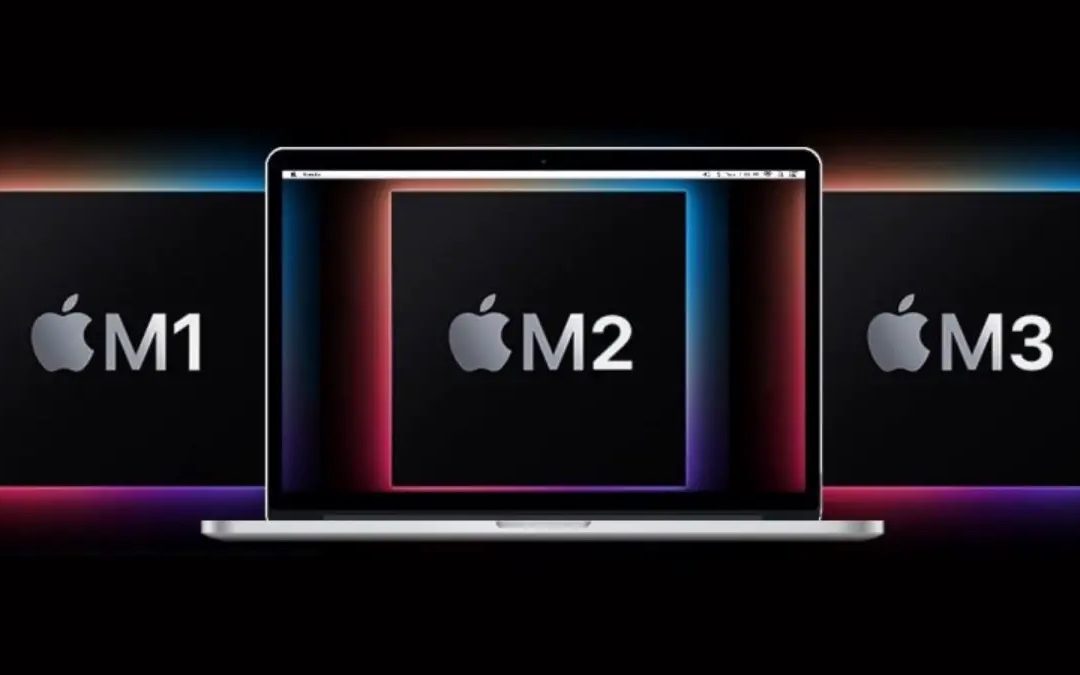

### Apple’s M5 Chip: A Significant Advancement in Local LLM Functionality
A recent entry on Apple’s Machine Learning Research blog emphasizes noteworthy enhancements in the M5 Apple silicon compared to its predecessor, the M4, especially in executing local large language models (LLMs). This article examines the breakthroughs and their implications.
#### A Bit of Background
A couple of years back, Apple launched the Machine Learning eXchange (MLX) framework, tailored for efficient and versatile machine learning on Apple silicon. MLX serves as an open-source framework that empowers developers to create and deploy machine learning models natively on Apple silicon Macs, utilizing familiar APIs and methods from the AI ecosystem.
MLX stands out for its support of neural network training and inference, incorporating functionalities for both text and image generation. It utilizes Apple silicon’s unified memory architecture, enabling operations to execute on either the CPU or GPU without requiring memory transfers. The API is crafted for ease of use, closely mirroring NumPy, and encompasses higher-level neural network libraries and optimizers, along with resources for automatic differentiation and graph optimization.
A key component within MLX is MLX LM, which aids in text generation and the fine-tuning of language models on Apple silicon devices. This component permits users to download and execute models from Hugging Face locally and supports quantization, a technique that minimizes memory consumption for extensive models, improving inference speed.
#### M5 Compared to M4
In the blog post, Apple showcases the performance improvements of the M5 chip, particularly owing to its new GPU Neural Accelerators that offer dedicated matrix-multiplication operations vital for numerous machine learning tasks. Apple assessed the time necessary for various open models to generate the first token after a prompt was given on both M4 and M5 MacBook Pro models utilizing MLX LM.
The assessment included models such as Qwen 1.7B and 8B, along with quantized variations of these models. The findings revealed that the M5 chip delivers a performance enhancement of 19-27% relative to the M4, credited to its augmented memory bandwidth (120GB/s for the M4 compared to 153GB/s for the M5).
Generating the first token is compute-bound, whereas generating subsequent tokens is memory-bound, which is why Apple also evaluated the generation speed for an additional 128 tokens. Overall, the M5 exhibited a significant performance improvement in both contexts.
#### Performance Statistics
Apple’s results uncovered that the M5 chip not only expedited the time to first token generation but also considerably hastened the generation of additional tokens. In image generation, the M5 surpassed the M4 by more than 3.8 times, demonstrating its potential across a range of machine learning applications.
The architecture of the M5 enables the MacBook Pro with 24GB of RAM to effectively manage models up to 8B in BF16 precision or a 30B Mixture of Experts (MoE) model in 4-bit quantized format, keeping the inference workload below 18GB.
#### Final Thoughts
The advancements in the M5 chip signify a substantial leap in local LLM performance, establishing it as an attractive option for developers and researchers engaged in machine learning on Apple silicon. For additional information, readers can check out Apple’s complete blog post and learn more about the MLX framework.